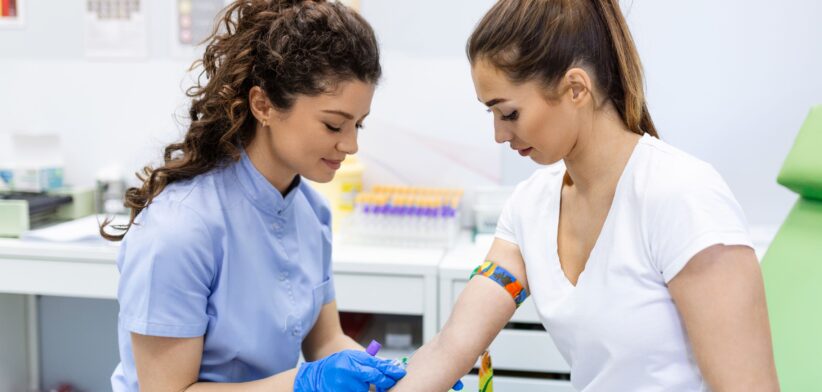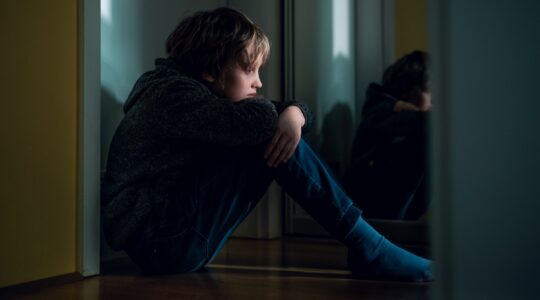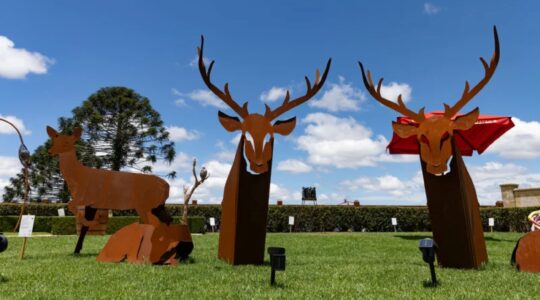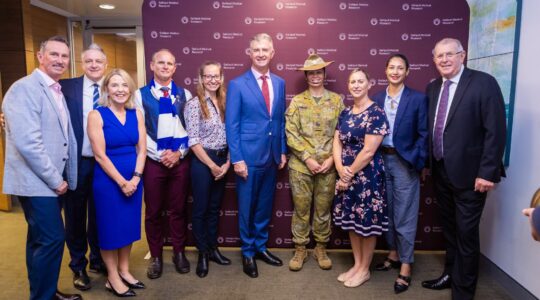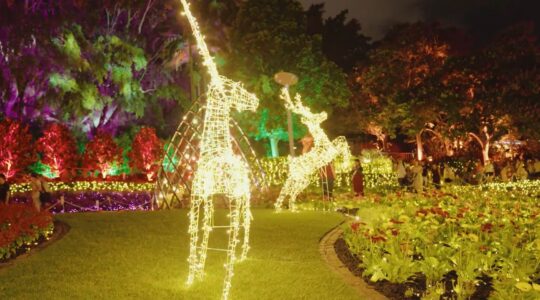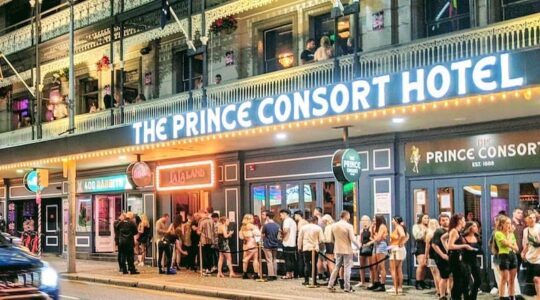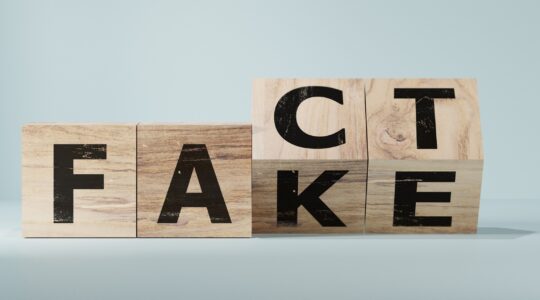Around 80 percent of Australians diagnosed with blood cancer are relying on overseas donors to ensure life-saving treatment.
Leukaemia Foundation CEO Chris Tanti said Australia’s small donor pool was putting lives at risk with immediate action needed to help tackle the issue.
Mr Tanti said the Foundation was using World Marrow Donor Day tomorrow (September 20) shine a light on stem cell donation specifically.
“More than 20,000 Australians will be diagnosed with blood cancer this year, and around 20 percent will need a stem cell transplant to survive.”
He said at any one time, around 1000 Australians were urgently waiting for a suitable donor match, with some waiting more than a year.
“With an often-acute disease like blood cancer, that delay can sadly mean the difference between life and death.”
Mr Tanti said stem cell transplants, also known as bone marrow transplants, replaced unhealthy blood stem cells with healthy ones from a donor, giving many blood cancer patients their only chance of survival.
He said the number of Australians registered as donors was far too low to meet demand, with only 1.2 percent of people aged 18-35, signed up to the national registry.
“Australia is lagging far behind other countries in terms of registered stem cell donors.
“In Germany for example, around 22 percent of young people are signed up to the registry – clearly showing what’s possible when awareness and action align.”
Mr Tanti said unlike most other transplanting nations who on average have halved their dependency on foreign donors in the last decade, Australia’s dependency has increased to around 8 in 10 patients relying on an overseas donor.
He said with a significant lack of local donors in Australia from diverse cultural backgrounds, Australian patients were more reliant than ever on overseas donors and registries.
For more information on becoming a donor with the Leukaemia Foundation website.
